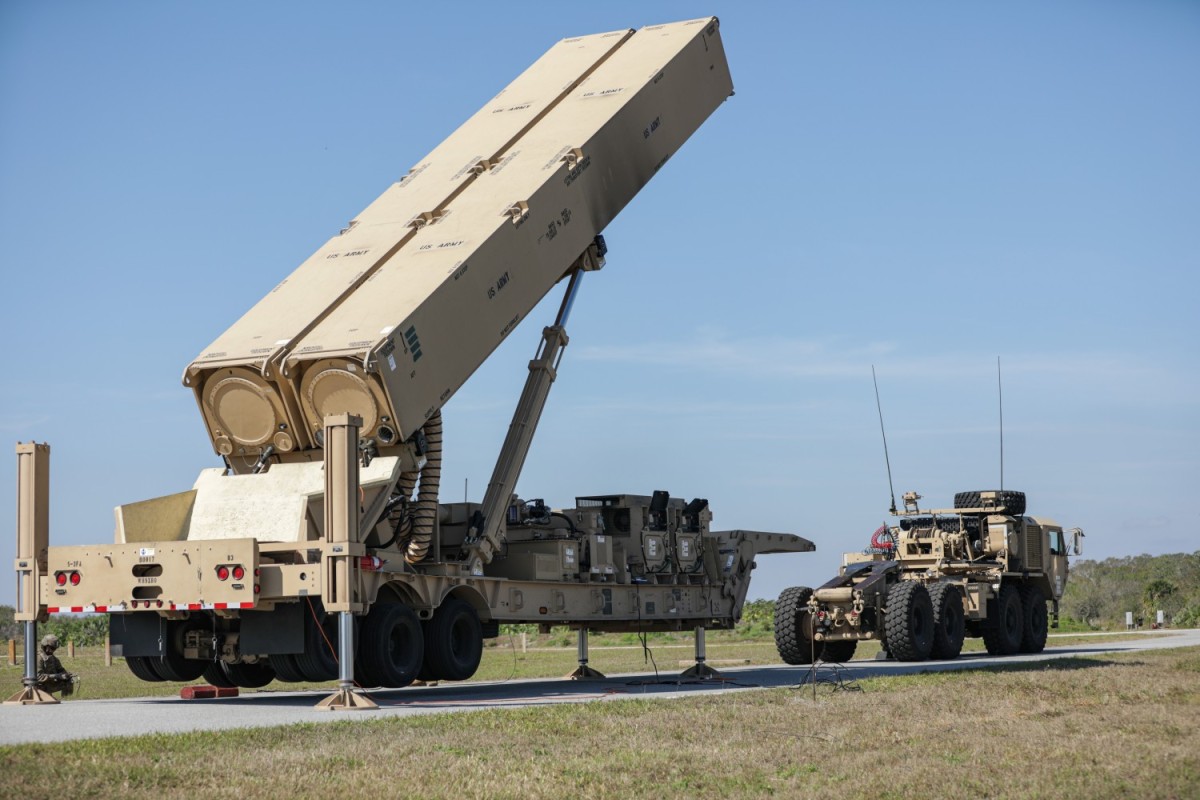Germany approves US deployment of longer-range weapons on its soil
In a significant strategic development, Germany has granted the United States the authorization to deploy new, longer-range weapons within its borders. This move, announced ahead of the NATO summit, marks a pivotal moment in US-German military cooperation and highlights the evolving defense dynamics in Europe. The deployment is set to begin in 2026, reflecting a substantial enhancement in NATO's collective defensive and deterrent capabilities.

Background and context
The United States' decision to deploy these advanced munitions in Germany follows its 2019 withdrawal from the Intermediate-Range Nuclear Forces (INF) Treaty. The INF Treaty, which had been in place since 1987, prohibited the development and deployment of ground-launched ballistic and cruise missiles with ranges between 500 kilometers and 5,500 kilometers. The US exit from the treaty was driven by accusations of Russian violations, and it subsequently embarked on developing new missile systems that had previously been restricted.
In the years since withdrawing from the INF Treaty, the US Army has focused on creating a suite of new, ground-launched weapons. These developments are poised to significantly enhance the US military's reach and lethality, particularly within the European theater. The upcoming deployments to Germany form a crucial part of this broader strategic realignment.
Details of the agreement
According to a statement from the White House, the new agreement allows for "episodic deployments of the long-range fires capabilities of its Multi-Domain Task Force [MDTF] in Germany in 2026." This initiative is part of a larger plan aimed at establishing a permanent stationing of these capabilities in the future. The deployed units will include advanced conventional long-range fire systems such as the SM-6, Tomahawk, and developmental hypersonic weapons. These systems boast significantly longer ranges than the current land-based missile systems in Europe, thereby enhancing NATO's strategic options.
The deployment timeline indicates that the US Army's new weaponry will begin arriving in Germany in 2026. These deployments are expected to feature three key weapon systems:
- Precision Strike Missile (PrSM): Developed by Lockheed Martin, this missile is designed to engage targets within a 500-kilometer range. The PrSM represents the next generation of precision-strike capability, offering enhanced accuracy and lethality.
- Long-Range Hypersonic Weapon (LRHW): This future system is intended to strike targets up to 2,776 kilometers away. Hypersonic weapons travel at speeds greater than Mach 5, making them exceptionally difficult to detect and intercept.
- Typhon Mid-Range Capability: This system uses a ground-based launcher to fire Raytheon's SM-6 missiles and Tomahawk cruise missiles, covering ranges between those of the PrSM and LRHW. The Typhon system has already seen deployment, with a notable instance involving the 1st Multi-Domain Task Force's rotation to the Philippines earlier this year.
Strategic implications
The deployment of these advanced weapon systems to Germany underscores several strategic imperatives for both the US and NATO. Firstly, it represents a tangible response to the perceived threat from Russia, particularly in light of the ongoing conflict in Ukraine and the broader security environment in Eastern Europe. By positioning these advanced capabilities in Germany, NATO enhances its deterrence posture and signals its commitment to defending its members against potential aggression.
Secondly, the deployment aligns with the US Army's Multi-Domain Operations (MDO) concept, which emphasizes integrating capabilities across all domains—land, sea, air, space, and cyberspace—to achieve operational dominance. The new long-range fires capabilities are a critical component of this approach, enabling the US and its allies to project power and respond to threats more effectively.
Challenges and future prospects
While the agreement marks a significant step forward, several challenges remain. The development and fielding of hypersonic weapons, in particular, have encountered technical hurdles and delays. The US Army is working diligently to address these issues, but the timeline for operational readiness remains uncertain. Additionally, the integration of these new systems into existing command and control frameworks will require extensive coordination and training.
Moreover, the deployment of longer-range weapons in Europe may provoke reactions from Russia, potentially escalating tensions and triggering a new arms race. Managing these geopolitical dynamics will be crucial to ensuring that the deployment enhances security without exacerbating regional instability.
Conclusion
Germany's approval for the deployment of US long-range weapons on its soil represents a significant milestone in transatlantic defense cooperation. This move enhances NATO's deterrence capabilities and reflects a broader strategic shift in response to evolving security challenges. As the US Army continues to develop and field these advanced systems, the deployment to Germany in 2026 will be a key test of their operational effectiveness and strategic impact. The coming years will reveal the full implications of this landmark agreement for European security and the future of NATO's defense posture.








